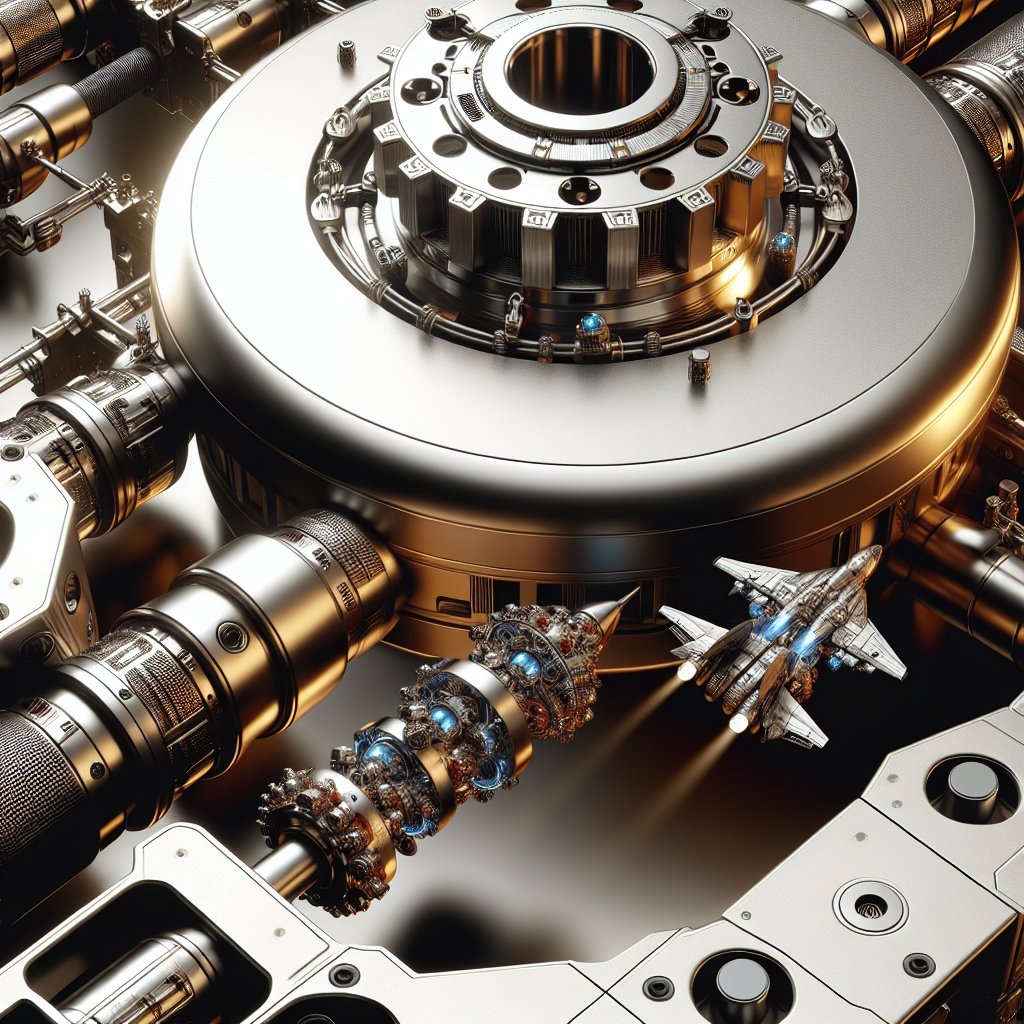Rare metals have become indispensable in the aerospace industry, driving technological advancements and enabling the development of cutting-edge innovations. As the demand for more efficient, lightweight, and durable materials grows, the role of rare metals in aerospace continues to expand, pushing the boundaries of what is possible in aviation and space exploration.
The Role of Rare Metals in Aerospace Engineering
The aerospace industry relies heavily on rare metals due to their unique properties, such as high strength-to-weight ratios, resistance to extreme temperatures, and excellent corrosion resistance. These characteristics make them ideal for use in various aerospace applications, from aircraft engines to spacecraft components.
One of the most critical rare metals in aerospace is titanium. Known for its exceptional strength and lightweight nature, titanium is used extensively in the construction of aircraft frames, engine components, and landing gear. Its ability to withstand high temperatures and resist corrosion makes it an ideal choice for parts that experience significant stress and environmental exposure.
Another vital rare metal is niobium, which is often used in the production of superalloys. These superalloys are essential for manufacturing jet engines, as they can maintain their strength and stability at the high temperatures generated during flight. Niobium’s addition to these alloys enhances their performance, allowing for more efficient and powerful engines.
Rare earth elements, such as neodymium and samarium, are also crucial in aerospace technology. These elements are used to produce high-strength permanent magnets, which are integral to the operation of various systems, including electric motors and generators. The efficiency and reliability of these systems are significantly improved by the inclusion of rare earth magnets, contributing to the overall performance of modern aircraft and spacecraft.
Challenges in the Supply Chain of Rare Metals
While the benefits of rare metals in aerospace are undeniable, the industry faces several challenges related to their supply chain. The extraction and processing of these metals are often complex and environmentally taxing, leading to concerns about sustainability and ethical sourcing.
Many rare metals are concentrated in specific geographic regions, which can lead to supply chain vulnerabilities. For instance, a significant portion of the world’s rare earth elements is mined in China, creating potential risks related to geopolitical tensions and trade restrictions. This concentration of resources can lead to supply disruptions, impacting the aerospace industry’s ability to access the materials needed for production.
Additionally, the environmental impact of mining and processing rare metals is a growing concern. The extraction process often involves the use of hazardous chemicals and generates significant waste, posing risks to local ecosystems and communities. As a result, there is increasing pressure on the aerospace industry to adopt more sustainable practices and seek alternative sources of rare metals.
Efforts are being made to address these challenges through recycling and the development of new technologies. Recycling rare metals from end-of-life products can help reduce the demand for newly mined materials and minimize environmental impact. Furthermore, advancements in material science are leading to the creation of synthetic alternatives and more efficient extraction methods, which could alleviate some of the supply chain pressures.
Future Prospects and Innovations in Aerospace
The future of aerospace technology is closely tied to the continued availability and development of rare metals. As the industry pushes towards more sustainable and efficient solutions, the role of these materials will only become more critical.
One area of innovation is the development of advanced composite materials that incorporate rare metals. These composites offer enhanced performance characteristics, such as increased strength and reduced weight, which are essential for the next generation of aircraft and spacecraft. By integrating rare metals into these materials, engineers can create structures that are both lighter and more durable, leading to improved fuel efficiency and reduced emissions.
Another promising avenue is the exploration of additive manufacturing, or 3D printing, using rare metal powders. This technology allows for the precise fabrication of complex components with minimal waste, offering significant cost and material savings. The ability to produce parts on-demand also reduces the need for large inventories, streamlining the supply chain and increasing flexibility in production.
As space exploration continues to advance, the demand for rare metals will likely increase. The development of new propulsion systems, satellite technologies, and space habitats will require materials that can withstand the harsh conditions of space. Rare metals will play a crucial role in enabling these innovations, supporting humanity’s quest to explore and inhabit new frontiers.
In conclusion, rare metals are at the heart of aerospace advancements, driving the industry towards new heights of technological achievement. While challenges remain in their supply and sustainability, ongoing research and innovation promise to unlock new possibilities, ensuring that rare metals continue to push the limits of what is possible in aerospace technology.












